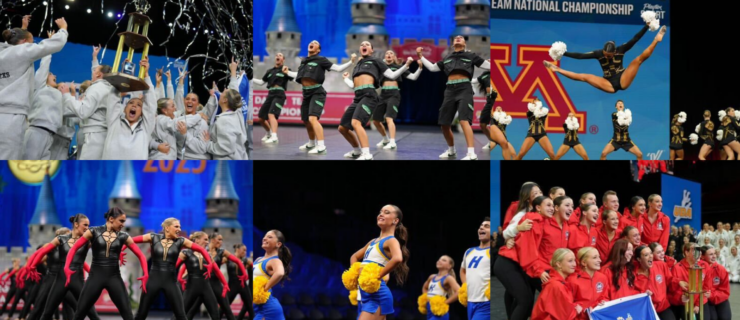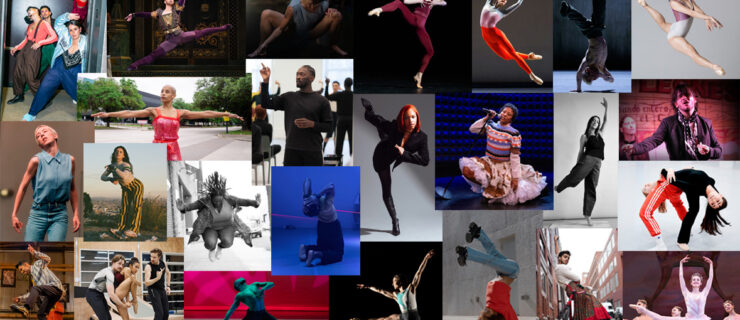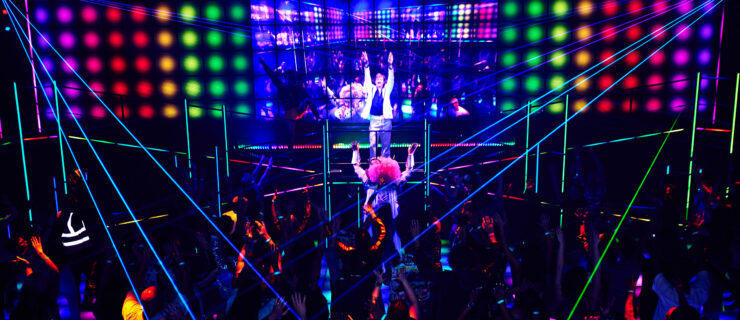The beauty of Polynesian dance
If you’ve never studied Polynesian dance, watching just one live performance might leave you wondering how you would feel up on stage, dancing the Hula or the Tahitian Ori. It’s not just the effortless motion of the dancers’ hips as they sway in perfect unison with their hands, shoulders and feet, or the mesmerizing beat of the music, or the beautiful costumes. It’s the way all those pieces fit together with an easy grace, making it hard to take your eyes off the dancers.
“To feel the spirit of Polynesian dance is beyond words,” says Kaina Quenga, a Hawaiian and Tahitian dance teacher in NYC. “It’s more than an art form. It’s a way of being!” Read on to learn more about Polynesian dance—and why its followers are so addicted.
Origins of the Movement
Polynesian dance encompasses Tahitian, Tongan, Samoan, Fijian, Maori (New Zealand) and Hawaiian styles. It began as an accompaniment to the oral storytelling traditions of those islands, conveying the literal meaning of a tale. Modern Polynesian dance still tells stories through movement, but those narratives can be a bit more abstract, allowing audiences to focus on the beauty of the dances themselves.
Watch and Learn
Today, Polynesian dance is performed all over the world: at concerts, colleges and universities, civic events, competitions, and festivals. Classes and seminars in various types of dances are also widely available. (Looking for classes in your area? Click here for resources.) As in many other dance forms, Polynesian dancers may perform as soloists but often dance with groups and companies. Many teachers do double duty as performers and directors of troupes or companies, so ask your teacher if and where he or she performs.
Get to Class
An introductory Polynesian dance lesson might include basic hip movements, traveling across the floor and a short routine. Instructors often weave in lessons about the dance’s costumes, music and symbolism. And if you’re looking to stay conditioned for ballet, hip hop or tap, you’ve come to the right place. The stretches and isolations tone and strengthen the abs and thighs, and the use of different rhythms in different parts of the body improves coordination. Lastly, don’t be afraid to ask questions. Teachers have often studied other types of dance and should be able to help beginners.
The Dances
Hawaiian
Today’s Hawaiian dance includes two basic styles: Hula Kahiko (ancient Hula) and Hula Auana (modern Hula). Hula Kahiko involves vigorous hand movements performed to the chants, or mele, of a singer playing a gourd drum. Hula Auana, set to contemporary music or accompanied by a ukelele, is more gentle and flowing.
Tahitian
Tahitian dance consists of fast, rhythmic hip movements, usually set to the beat of the toere, or slit-log drum. These hip isolations, known as oteas, are the highlight of many luau performances. Tahitian dance also has a distinctive basic step for men, pa’oti, which involves opening and closing slightly bent knees like scissors.
Samoan
Samoan culture has many visually exciting dances, or siva, such as the Siva Afi (“fireknife”), in which dancers twirl and toss a single- or double-bladed knife lit on fire. This dance originated as a way to train warriors, as did the Fa’ataupati, or Samoan slap dance, which teaches young men coordination by having them smack various parts of their bodies.
Maori
Maori dance, which originated in New Zealand, often involves sticks, songs and games. Particularly notable is the Poi dance, in which Maori women twirl Poi balls—small spheres attached to braided fibers—in an effort to keep their hands flexible for weaving. The whirring sound made by the props is also supposed to evoke the noise of the sea and of various animals.
Fijian
Fijian dance is characterized by the meke dances, which include the spear dance, the fan dance and the sitting dance. Simultaneously powerful and graceful, meke are usually accompanied by singing, drumming and hand clapping, and are danced during celebrations and special occasions.
Tongan
One of the most popular Tongan dances is the Tau’olunga, often performed by girls at weddings, which uses hand movements to interpret song lyrics. Other notable Tongan dances include the Lakalaka, which uses only arm movements; the Ma’ulu’ulu, a sitting dance; and the Kailao, a war dance in which dancers use clubs to simulate combat.
One of the most beautiful aspects of Polynesian dance is its focus on personal expression. Makalina, a teacher with the Hawaiian Express and Lei Pasifika dance companies, advises aspiring Polynesian dancers to be patient and explore dances thoroughly, but not to worry too much about steps and counts or technique. Soon, she says, you’ll enjoy one of the art form’s greatest rewards: the feeling of ohana, or family. “Polynesian dance is feeling expressed in movement,” says Enjole, Polynesian dance teacher and director of the Hawaiian Tropical Paradise Dance Troupe. “It’s culture, history, artistry, pageantry, discipline and passion all in one.”
PHOTO: KTALASCO



